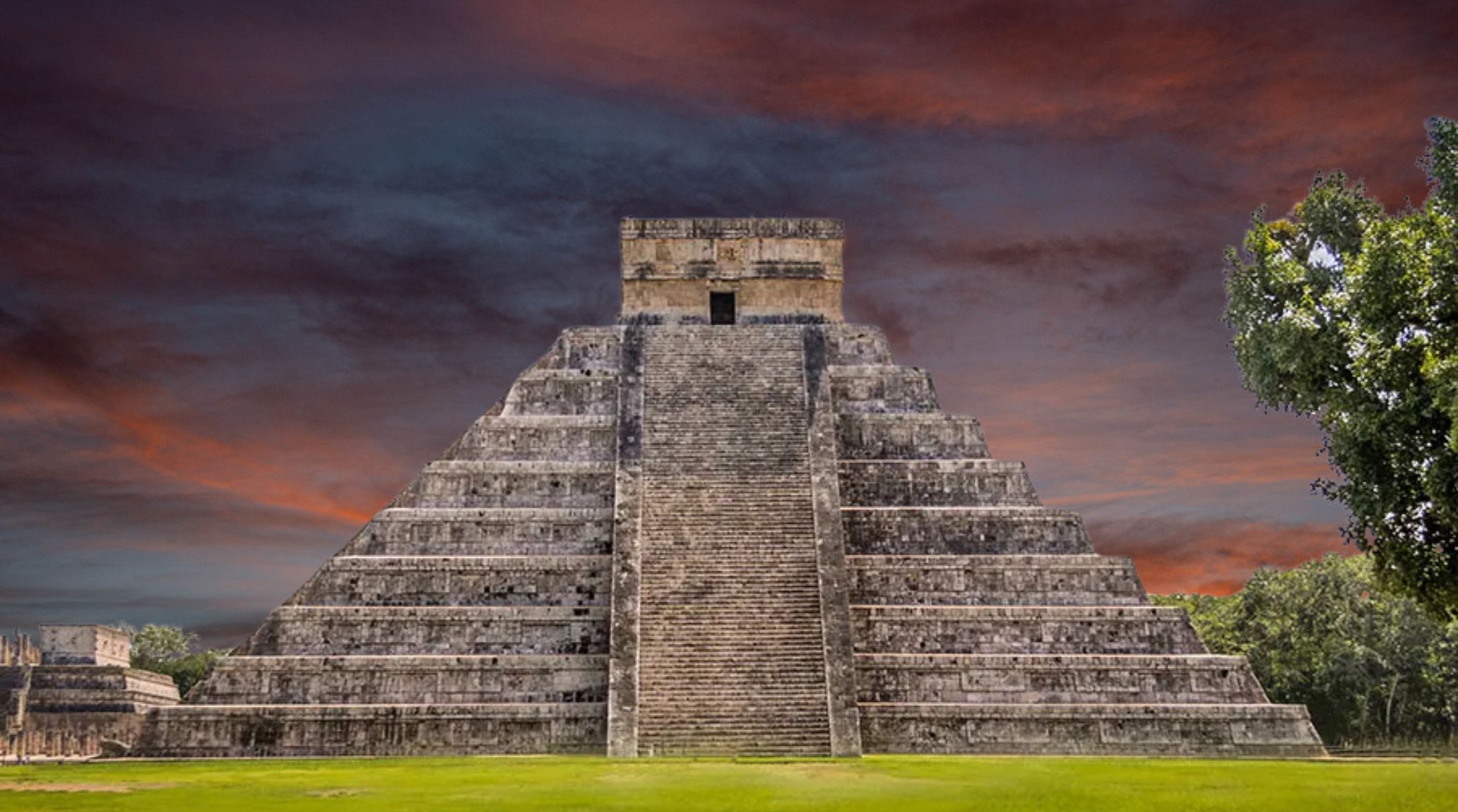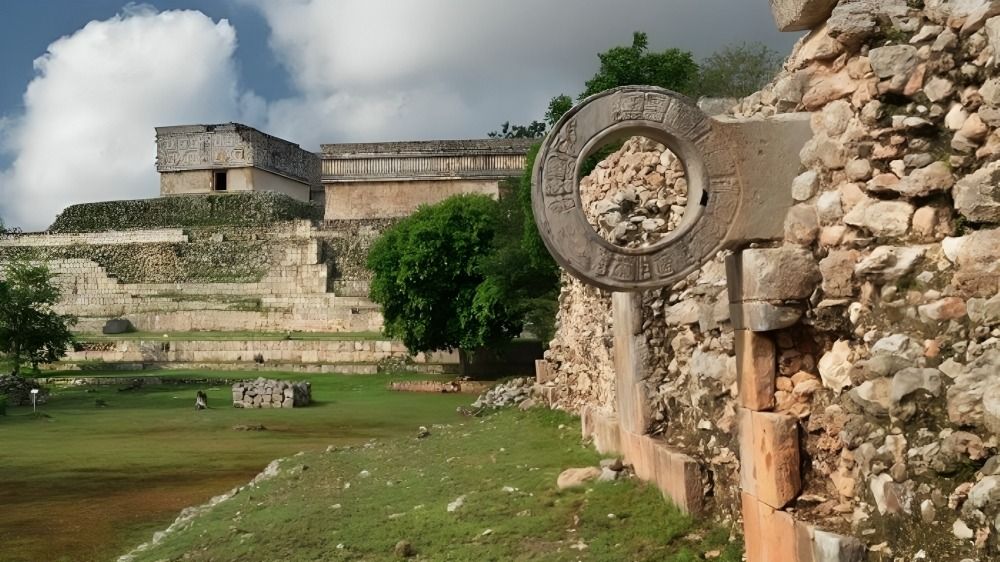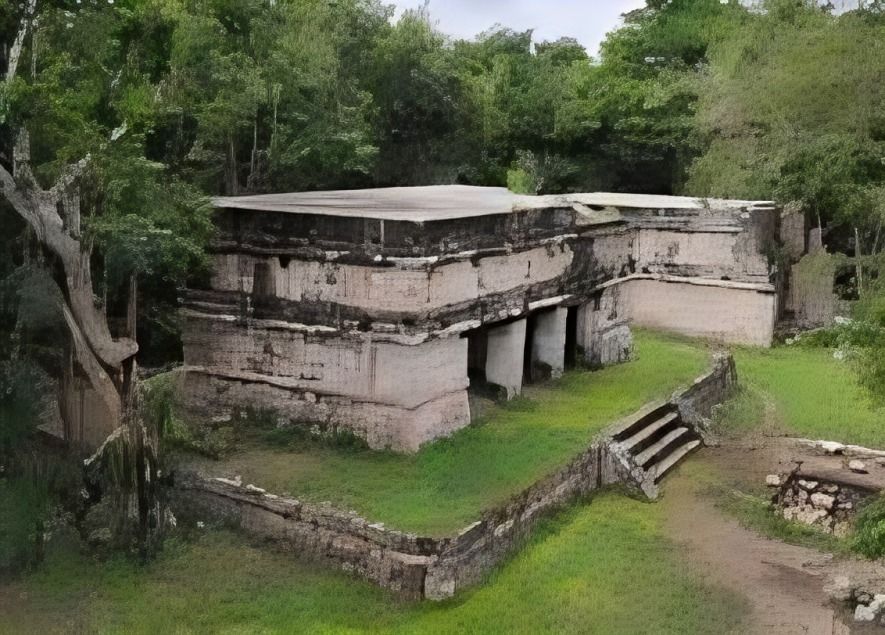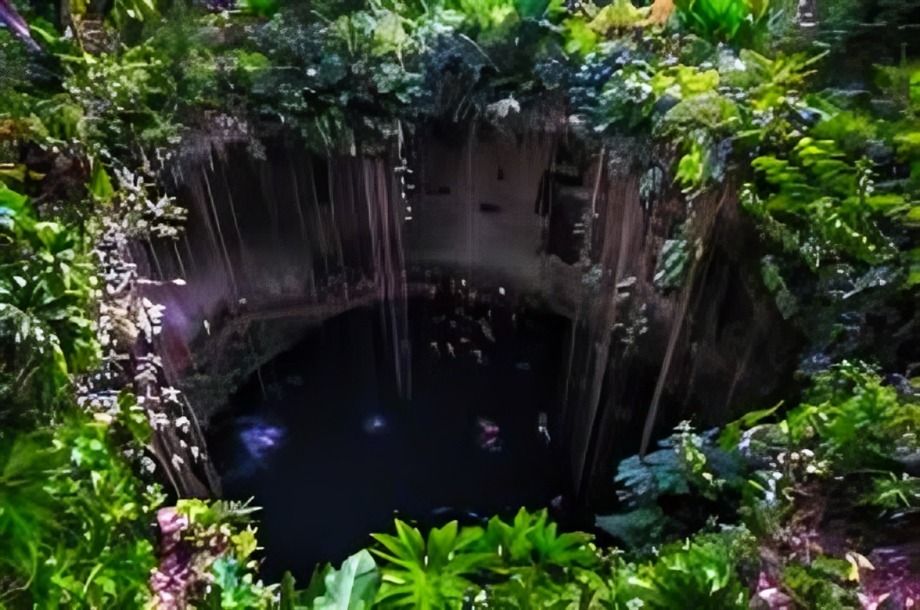
“
Chichen Itza, one of Mexico's most remarkable archaeological sites, offers a unique look into the ancient Maya civilization. Located on the Yucatán Peninsula, this UNESCO World Heritage Site is famous for its striking pyramid, El Castillo, and its role as a center for Maya culture, religion, and astronomy. In this blog, we’ll explore 20 startling facts about Chichen Itza, diving into the city’s mysteries, advanced knowledge, and the cultural impact that makes it one of the New Seven Wonders of the World.1
1
”
Chichen Itza, an ancient Maya city in Mexico, was a vital political and economic center, with around 3500 inhabitants, built around 600 A.D. and later expanded by the Toltec civilization, blending two cultures. 1
El Castillo, or the Pyramid of Kukulkan, is Chichen Itza’s iconic structure. During equinoxes, sunlight creates a serpent-like shadow along its steps, symbolizing the descent of Kukulkan. 2
Chichen Itza was a hub of astronomical knowledge. The Maya aligned buildings with celestial events, including the observatory El Caracol, used to track Venus and seasonal changes. 3
El Castillo has 365 steps, one for each day of the solar year. This structure demonstrates the Maya’s advanced understanding of calendars and astronomical cycles. 4

Chichen Itza’s Great Ball Court, the largest in Mesoamerica, measures 225 feet wide and 545 feet long. Ancient games played here held religious significance, often involving symbolic sacrifices.
The Temple of the Warriors at Chichen Itza stands 40 feet high and 133 feet wide, featuring four platforms and 200 columns, making it large enough to host significant gatherings in Mayan times. 5
Chichen Itza features two main architectural styles: the Puuc style from the Terminal Classic period (600-900 CE) and the Toltec-Maya style from the Early Postclassic period (900-1200 CE), reflecting distinct cultural influences. 6
The Sacred Cenote, a natural limestone sinkhole, was used for offerings. Archaeologists found artifacts, gold, and even human remains, believed to be sacrifices to the rain god, Chaac. 7
Chichen Itza was named a UNESCO World Heritage site in 1988, and in 2000, it earned a spot among the New Seven Wonders of the World due to its historical significance. 8

Chichén Viejo, the oldest part of Chichen Itza near the Xtoloc cenote in the southern area, showcases beautifully intricate Puuc-style buildings, distinct from the grander northern structures built later.
The Cult of the Cenote at Chichén Itza involved sacrifices to the rain god Chaac, where victims and valuables were thrown into a major cenote. In 1904, Edward Thompson’s dredging uncovered sacrificial remains. 9
The Wall of Skulls, or Tzompantli, displays carved skulls, symbolizing human sacrifice and victory in battles. It reflects the Maya's ceremonial and martial customs. 10
Chichen Itza’s Temple of the Jaguars has murals depicting warfare and conquest, with images of warriors, captives, and animals, offering insight into the Maya’s military traditions. 11
Chichen Itza was abandoned around 1000 A.D. The reasons are unclear, with theories suggesting drought, invasion, or political upheaval contributed to its decline as a prominent city. 12

The Maya believed cenotes were portals to the underworld. The Sacred Cenote at Chichen Itza was a significant ritual site, drawing offerings to appease gods of rain and fertility.
During the equinoxes, the shadow of Kukulkan on El Castillo lasts about 45 minutes, attracting thousands of visitors who witness this impressive ancient astronomical feat. 13
Chichen Itza covers about five square kilometers and contains numerous temples, plazas, and ball courts, showcasing its significance as a major Maya city and cultural epicenter. 14
The Maya practiced advanced mathematics. El Castillo's structure includes numeric symbolism, with its levels and steps representing the Maya calendar and marking astronomical cycles. 15
Chichen Itza’s columns, especially in the Thousand Columns Group, hint at a grand public gathering area where markets or ceremonies took place, vital to the city’s social life. 16
The acoustic effects at Chichen Itza are astonishing. Clapping at the base of El Castillo produces an echo resembling a bird’s call, believed to mimic the sacred quetzal bird. 17


